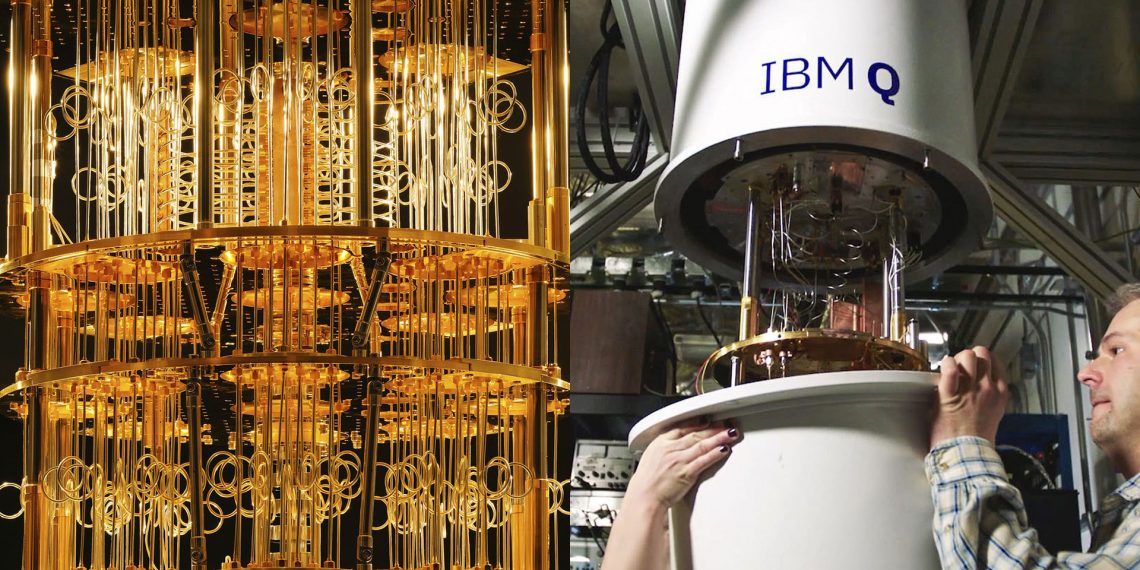Recent research in quantum programming, developed by Ana Neri and José Nuno Oliveira, researchers at INESC TEC – in partnership with Rui Barbosa, Staff Researcher at the International Iberian Nanotechnology Laboratory (INL) -, proposes the concept of quantamorphisms, a recursive quantum circuit combinator that enriches quantum programming techniques.
Given the difficulty in testing quantum programs, the approach focuses on deriving quantum circuits correctly from their specification (through quantamorphisms), short-circuiting debugging. In this sense, the main objective of the study is to build correct-by-construction quantum circuits that, once compiled, can “run” on devices like those made available by the IBM Quantum Experience initiative.
“In this work, the laws of the classical algebra of programming are extended to quantum programming, showing that the formal strategies used to ensure reliability in classical programming can be tuned to quantum programming”, explained José Nuno Oliveira, research coordinator at INESC TEC’s High-Assurance Software Laboratory (HASLab) and teacher at the School of Engineering of the University of Minho.
“Concerning possible applications, a formal analogy between quantamorphisms and recurrent neural networks suggests that the former may possibly be applied in machine learning in the future”, the researcher added.
This work, whose toolchain is available here, was developed within the scope of the scientific paper “Compiling Quantamorphisms for the IBM Q Experience”, published by IEEE Transactions on Software Engineering, a Q1 level journal in software engineering, acknowledged as top in this area of knowledge.
Photo credits: IBM Q Experience
The researcher mentioned in this news piece is associated with INESC TEC and UMinho.




 News, current topics, curiosities and so much more about INESC TEC and its community!
News, current topics, curiosities and so much more about INESC TEC and its community!